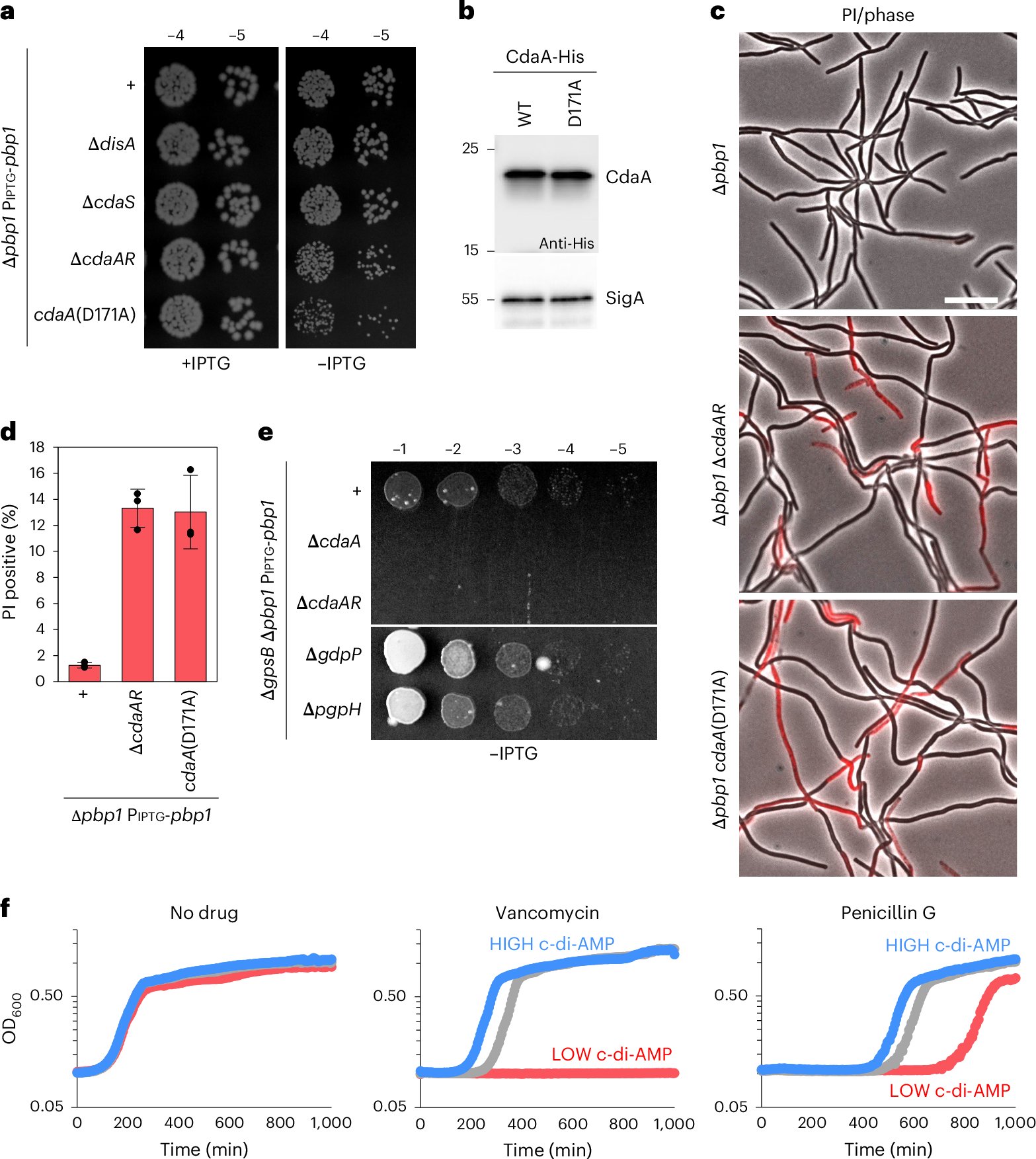Michael Galperin
@MicroGap
Bacterial signaling, c-di-GMP, c-di-AMP, protein domains NCBI's Comp. Bio. Branch, COG database, J. Bacteriology
The interactions of c-di-GMP with the acidic residues seen in the MshEN domain could be quite widespread onlinelibrary.wiley.com/doi/10.1002/an… Protonated Glutamate and Aspartate Side Chains Can Recognize Phosphodiester Groups via Strong and Short Hydrogen Bonds in Biomacromolecular Complexes

An interesting discussion: c-di-GMP does not bind H-NS, nor inhibits H-NS binding DNA | Nat. Comm nature.com/articles/s4146… (PMID: 40506437) Reply to: “c-di-GMP does not bind H-NS, nor inhibits H-NS binding DNA” | Nat. Comm nature.com/articles/s4146… (PMID: 40506445)
Lee Kroos et al. (17 authors) From the humblest of beginnings (i.e. a pile of dry cow dung) over 80 years ago, the Gram-negative bacterium Myxococcus xanthus has emerged as a premier model system for studying diverse fields of bacteriology journals.asm.org/doi/full/10.11…
Very happy to share that a large part of my thesis work is out today: B. subtilis uses the second messenger c-di-AMP to modulate its turgor pressure in response to the state of its cell envelope. nature.com/articles/s4156…
In the architecture of the outer membrane complex PelBC for Pel export, the essential periplasmic ring of twelve PelC lipoproteins is mounted on top of the PelB β-barrel nature.com/articles/s4146…

In Bacillus subtilis, c-di-AMP levels are modulated by the cyclase regulator CdaR in response to cell wall defects. Great work by @apbrogan.bsky.social et al. nature.com/articles/s4156…

This paper offers a solution to a long-standing problem: A general mechanism for initiating the bacterial general stress response | eLife @nielsbradshaw doi.org/10.7554/eLife.…
We cracked the mystery: Pteridines are the natural ligands of CutA, a widespread protein in nature @HHU_de @CoE_CMFI I started this project 8y ago. We showed that it's of PII signaling family, but it's role remained unknown coz we didn't know what it bind biorxiv.org/content/10.110…
Novel families of selenoproteins journals.asm.org/doi/10.1128/ms…
Congratulations to my former postdoc supervisor, Prof. George Salmond. A well-deserved recognition! @MicrobioSoc microbiologysociety.org/news/society-n…
I know one thing. Zelenskyy would’ve received a hero’s welcome from these guys, and sent home with enough ammo to go all the way to Moscow.
Hyperpiliation reduces Pseudomonas aeruginosa pathogenicity journals.asm.org/doi/full/10.11…
Pyruvate kinase of Bacillus subtilis produces GTP ~10 times more efficiently than ATP journals.asm.org/doi/10.1128/mb…
The architecture, assembly, and evolution of a complex flagellar motor biorxiv.org/content/10.110… #biorxiv_micrbio
Treponema pallidum cells and DNA are now available from DSMZ dsmz.de/press/press-re…
TfpY is a conserved accessory protein found in type IV pili (T4P)-expressing bacteria. While T4P are often phage receptors, research in #JBacteriology suggests TfpY does not mediate phage defense, but instead facilitates efficient pilus assembly/function. asm.social/2gA
Formate-specific chemoreceptors and their evolution in bacteria. Very grateful to be part of this multidisciplinary and international research team @KrellLaboratory @Eli_Monteagudo @zhulinlab @gavirius. @BlastMeetings @CSICdivulga @SEMicrobiologia pnas.org/doi/10.1073/pn…
